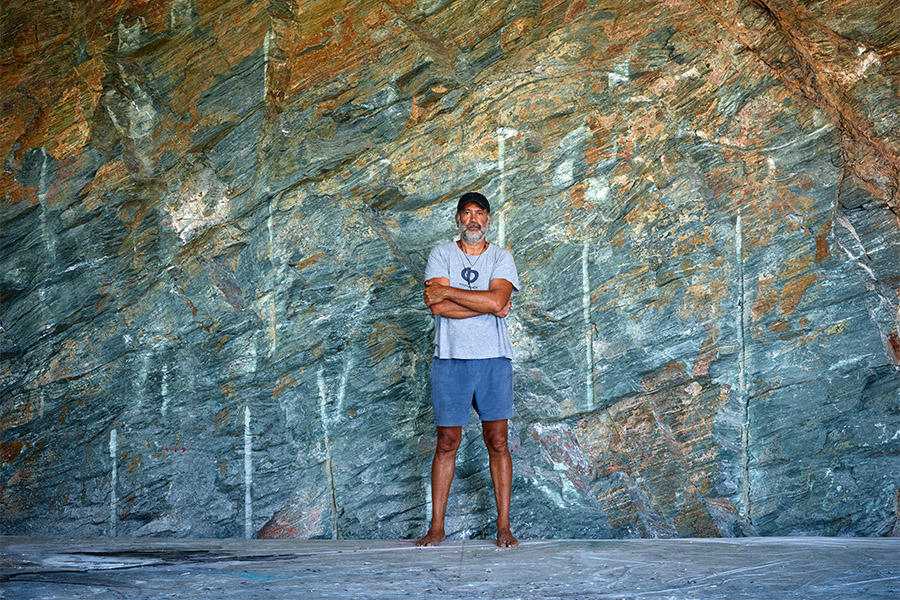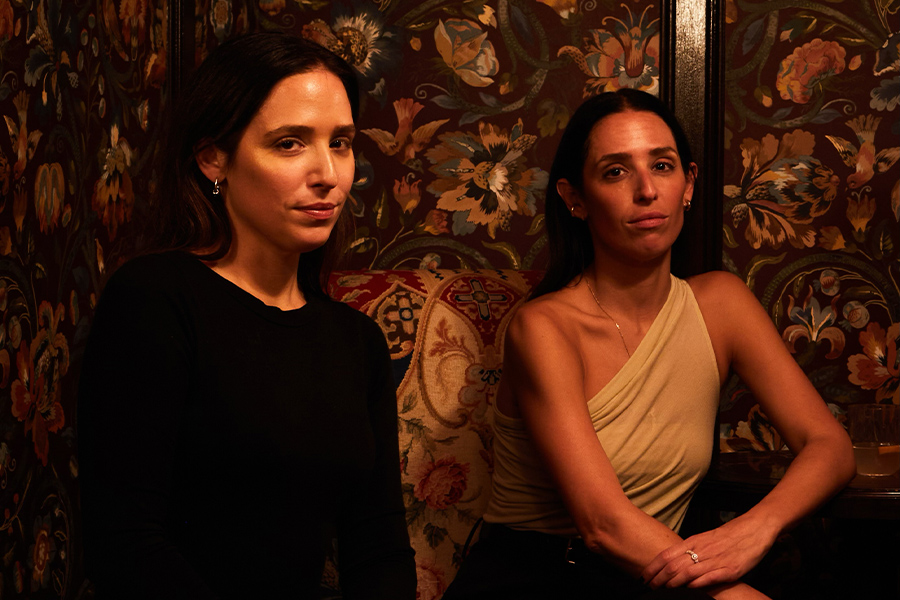Andrew Zuckerman has been playing with images since childhood, starting in elementary school when he learned how to develop photos in his parents’ darkroom. In high school, he took up filmmaking, which led him from Washington, DC to New York to attend the School of Visual Arts.
He has since married both passions into a category-defying career. In 2007, his short film High Falls premiered at the Sundance Film Festival, the same year his animal portrait series was published in his first book, Creature. “This book was my initial investigation of nature through a minimalistic lens,” he says. “I love the chaotic and complicated patterns and ephemeral qualities.”
Known for his hyper-real, close-up images set against a stark white background, Zuckerman’s photos transcend the subject, whether his lens captures the rarely seen physical qualities of birds in flight or intimate depictions of visionaries like Frank Gehry, Solange, Jane Goodall, and Jony Ive.
His work has won him accolades for insight into the world around him, encouraging Zuckerman to pursue his current venture, Superflower, which he founded in New York last year with his wife, Nicole Bergen. The studio produces floral prints based on Zuckerman’s photographic exploration into the natural world, taking cues from Japan’s Edo-period Ikebana and 19th-century European patterns. “The design process exists solely in the response—it’s in the feeling more than the thinking,” he says. “When I follow that, I tend to be able to find ways to make the work my own in any category.”

Zuckerman considers Superflower’s debut Florescence collection a departure from his early work. “In those days, I was deeply minimalist,” he says. More recently, he aims for “a feeling of essentialism than minimalism. Ultimately, I’m searching for the best path toward clarity and impact while maintaining the truth that lies beneath the surface.”
Photography by Victoria Hely-Hutchinson
This article originally appeared in HD’s June 2020 issue.


